Search results for 'de 100 dias de'
-
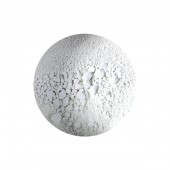
Titanium White Pigment
Starting at: £4.00
-
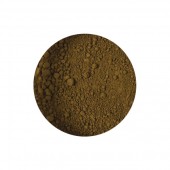
Raw Umber Pigment
Starting at: £4.00
-
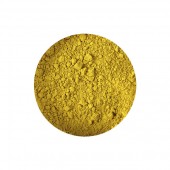
Yellow Ochre Pigment
Starting at: £4.00
-
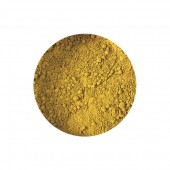
Raw Sienna Pigment
Starting at: £4.00
-
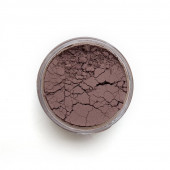
Caput Mortuum Pigment
Starting at: £4.50
-
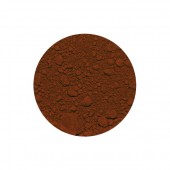
Red Ochre Pigment
Starting at: £4.00
-
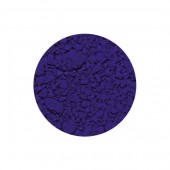
Ultramarine Blue Limewash Pigment
Starting at: £6.30
-
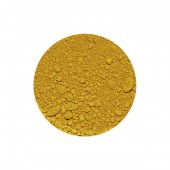
Mars Yellow Pigment
Starting at: £4.50
-
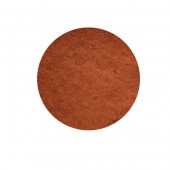
Burnt Green Earth Pigment
Starting at: £8.00
-
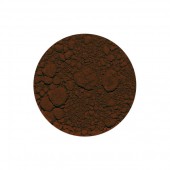
Mars Violet Pigment
Starting at: £4.50
-
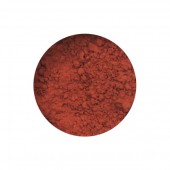
Venetian Red Pigment
Starting at: £4.60
-
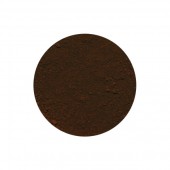
Indian Red Pigment
Starting at: £4.60
-
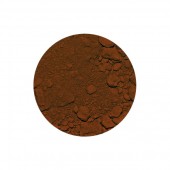
Mars Red Pigment
Starting at: £4.50
-
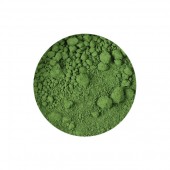
Chromium Oxide Pigment
Starting at: £4.50
-
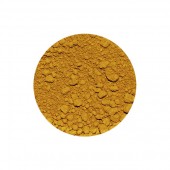
Golden Ochre Pigment
Starting at: £4.50



